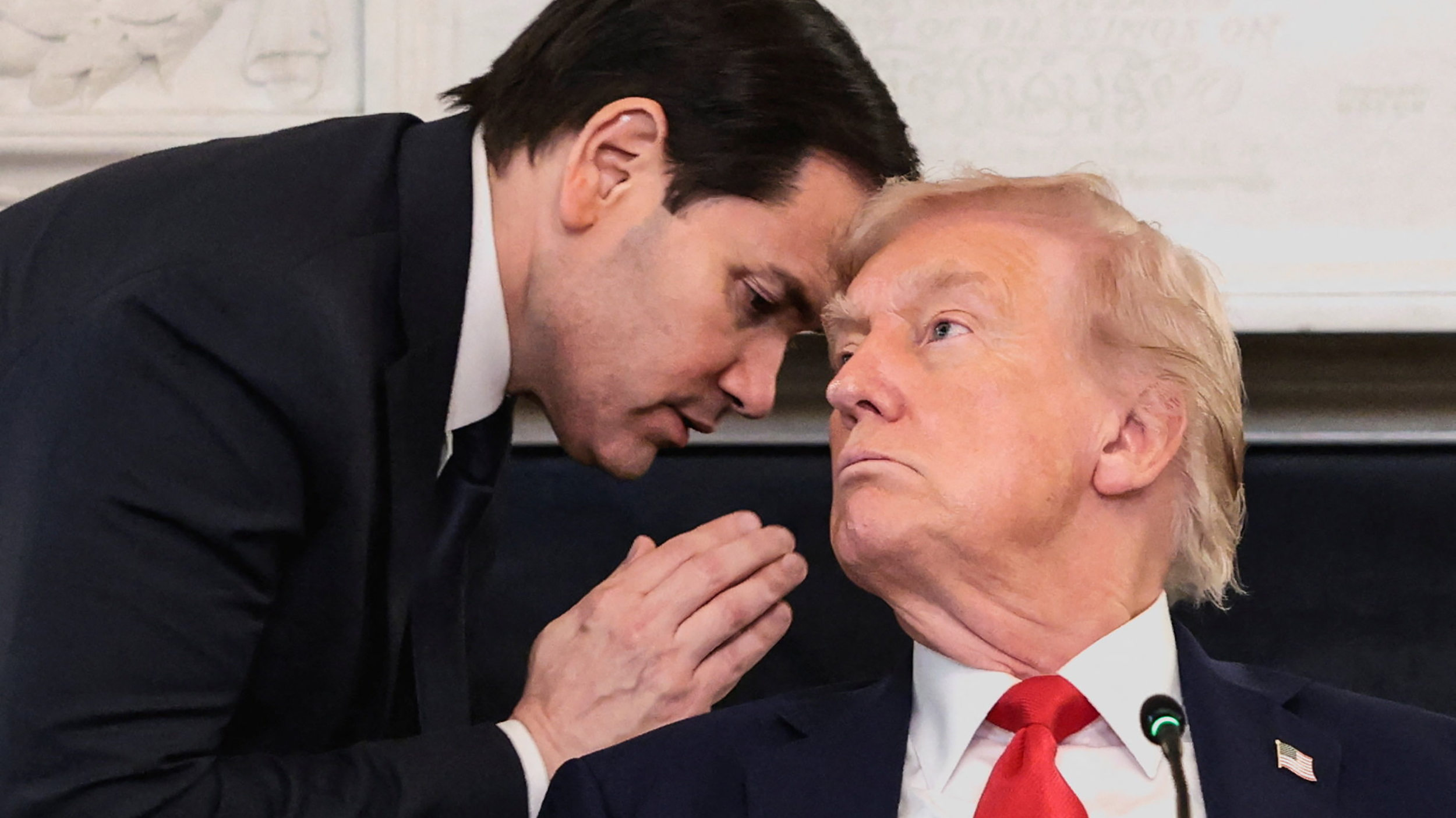
On 29 September 2025, immediately after a White House press conference with Israeli Prime Minister Benjamin Netanyahu, US President Donald Trump unveiled his “plan to end the Gaza war and achieve Middle East peace.” Netanyahu, who had seen and revised the plan in earlier talks with US officials, offered brief public approval. The plan’s release triggered a flurry of reactions, cautious acceptance by Hamas, and new negotiations brokered by Egypt and Qatar.
On 3 October, Hamas issued a short, tactical statement accepting parts of the plan and calling for talks on details and timelines, while deferring other sections to all Palestinian factions, since they concern Gaza’s and Palestine’s broader future. Trump hailed the statement as agreement, posting it on Truth Social. Soon after, the mediators — Egypt, Qatar and the United States — announced indirect talks in Sharm el-Sheikh on 6 October to discuss the first stage: a ceasefire, a limited Israeli withdrawal, and the exchange of Israeli captives and Palestinian prisoners.
An eight-member Arab-Islamic group participating in the peace initiative welcomed Hamas’s position and endorsed further negotiations. Under regional pressure, Trump voiced optimism and published a US map of Israel’s proposed first withdrawal. The Sharm el-Sheikh meetings, involving Hamas and Israeli delegations and mediated by Qatar, Egypt, the United States, and — for the first time — Turkey, produced an agreement on the plan’s first phase late on 8 October, confirmed the next day.
The “Trump Plan” consisted of 20 points, organised into three parts. It was a broad framework, not a binding treaty. The first part declared Gaza “a demilitarised zone, free of terrorism”, and outlined a ceasefire and limited Israeli pullback to allow the exchange of captives and remains. Hamas members could either disarm and remain or leave Gaza through safe passage. The plan lacked practical enforcement mechanisms and did not specify when Israeli forces would fully withdraw. Humanitarian aid would resume under an earlier framework from January 2025.
The second, more detailed section proposed Gaza’s interim governance and security arrangements. A technocratic Palestinian administration, supported by international experts, would handle civil affairs under a “Board of Peace” chaired by Trump. A stabilisation force — mostly from Arab and Muslim countries — would deploy alongside a Palestinian security force trained by Egypt and Jordan to oversee disarmament. Yet the plan did not define the board’s membership, the force’s mandate, or whether the UN would oversee it. Israeli withdrawals would depend on verified disarmament, meaning further pullbacks could be delayed indefinitely.
The third part, phrased in vague language, covered the wider Palestinian issue. It proposed interfaith dialogue, reconstruction efforts, and US-brokered talks between Israel and the Palestinian Authority toward “peaceful coexistence”, without promising statehood or a political prospect for the West Bank.
Reactions reflected diverging priorities. For Washington, the plan rested on three assumptions: Hamas was militarily and politically weakened; Israel, after two years of war and global backlash, could not achieve its goals through continued fighting; and the US could no longer ignore pressure from Arab and Muslim allies or domestic opinion. Thus, the plan sought to secure Israel’s wartime objectives — the dismantling of Hamas’s rule and disarmament — while abandoning earlier US tolerance for mass displacement and pledging that Israel would not annex Gaza.
For Netanyahu, the plan promised to return all Israeli captives quickly, with minimal concessions. Yet its step-by-step structure left room for Israel to halt implementation or resume hostilities by citing Palestinian “noncompliance”. He appeared unwilling to renounce the war’s underlying aim of depopulating Gaza, expecting that destruction and hardship might trigger gradual emigration even without formal expulsion.
Arab and Muslim mediators accepted the plan in principle because it forbade forced displacement, envisioned an Arab-Islamic security role, and because US envoys privately pledged flexibility on disputed clauses. For Hamas, the overriding motive was to end the war and halt the humanitarian catastrophe. Its statement welcomed the ceasefire and prisoner exchange and accepted the idea of a technocratic interim government but stressed that all other issues required national consensus. Hamas officials reiterated that disarmament could occur only under a sovereign Palestinian authority.
Despite the Sharm el-Sheikh breakthrough, implementation faces major obstacles. Early friction arose over prisoner lists and the 72-hour window to locate captives’ remains. Broader disputes loom over disarmament, governance and the international force’s mandate. Palestinians reject long-term international supervision and insist on political linkage between Gaza and the West Bank, while Israel opposes Turkish participation in any stabilisation force.
The plan’s structure also ties later Israeli withdrawals to full disarmament — an issue Hamas deems non-negotiable — giving Israel leverage to stall indefinitely. While Trump insisted that all parties agreed on subsequent steps, most Palestinian groups, including the Ramallah-based Authority, reject the plan’s vision of Gaza’s future under international oversight. Netanyahu, meanwhile, assumes Israel will retain a decisive role in postwar arrangements.
In essence, the plan’s initial phase offered a fragile path to pause the fighting, but the road ahead is uncertain. It demands new agreements at every stage, imposes conditions on the Palestinians without reciprocal guarantees, and leaves key political questions unresolved — from Gaza’s governance to the fate of the West Bank. For now, the Sharm el-Sheikh deal marks a tentative step toward ending the war, but full implementation of Trump’s plan remains highly uncertain amid deep mistrust, conflicting goals, and the enduring asymmetry of power between the parties.
*This is a summary of a policy brief originally written in Arabic available here.